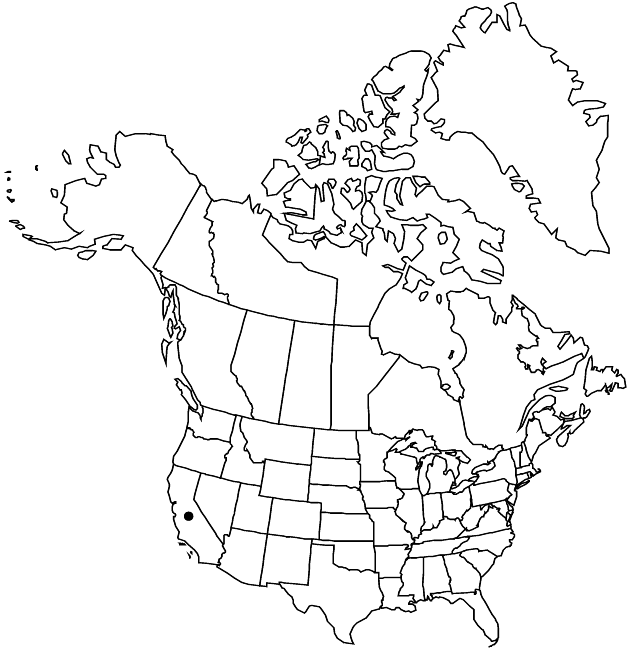Cirsium occidentale var. occidentale
Plants erect, usually 30–150 cm or taller. Leaf faces usually densely tomentose abaxially, less so and sometimes glabrate adaxially. Heads usually long- pedunculate, sometimes in tight clusters at ends of peduncles, elevated well above proximal leaves. Involucres usually wider than long, 4–5 cm diam., ± densely and persistently arachnoid with fine trichomes connecting tips of adjacent phyllaries. Phyllaries usually ± imbricate, outer ascending or spreading or reflexed, mid phyllary apices ascending to spreading, straight or distally curved, usually 1–2 cm × 1–2 mm. Corollas ± bright purple, usually 25–35 mm. 2n = 28, 29, 30.
Phenology: Flowering spring–summer (Mar–Jul).
Habitat: Coastal scrub, chaparral, oak woodlands, stabilized dunes, roadsides
Elevation: 0–200 m
Discussion
Variety occidentale occupies a variety of habitats in the coastal zone of southern and central California. Considerable variation occurs from population to population in head size, flower color, and pubescence. It sometimes occurs together with and appears to intergrade with var. coulteri. Where there has been no hybridization, the two may be strikingly dissimilar, but individuals of some populations cannot be assigned with confidence to either variety.
Selected References
None.
